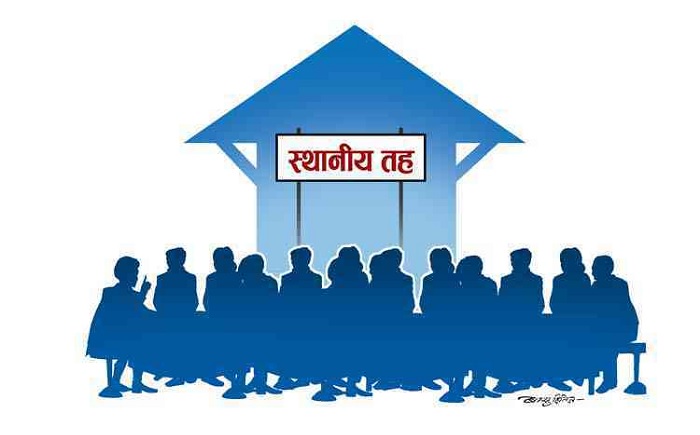
Local Levels Are Making Notable Efforts in School Education
Some local governments responsible for schooling up to the secondary level are taking practical steps to lift quality. Despite ongoing concerns about the missing federal education act—and the feeling that constitutional education rights aren’t fully used—these local levels are showing real, on-the-ground progress.
What’s happening
Nilkantha Municipality, Dhading
-
Ranked first in the Local Level Institutional Capacity Self-Assessment (LISA) in fiscal year 2080/81.
-
Allocated 40 percent of its annual budget to education—far higher than most local levels.
-
Community schools offer free education up to Grade 12.
-
Fees for students in technical streams are paid by the municipality.
-
According to Education Officer Prakash Datt Bhatt, 70 additional teaching posts were created in community schools through municipal grants.
-
A 35-point commitment with teachers is in place to improve classroom teaching.
-
Teachers appointed for lower levels but teaching higher grades receive extra pay.
-
Extra funds support school management and sports development.
Benkighat Rorang Rural Municipality, Dhading
-
Ranked third in LISA.
-
Runs parent education programs in neighborhoods and conducts home visits through review campaigns.
-
The approach is built on a simple belief: schools improve when parents are aware and involved.
-
Schools now run these engagement activities regularly in their areas.
Arjunchaupati Rural Municipality, Syangja
-
Scored 88.75 percent and placed in LISA’s top ten.
-
Prioritizes value-based education.
-
Literacy programs are active in all schools.
-
Assistant Education Officer Kamala Chapagain notes rising student interest in community schools and gains in quality.
Ilam Municipality
-
Ranked sixth in LISA.
-
Established its own campus, affiliated with Purbanchal University, to run a bachelor-level agriculture program.
-
Offers six full scholarships each year at this campus.
-
Provides full scholarships for technical education in community schools to permanent residents and SEE graduates from community schools.
-
To strengthen classroom presence, each class from Grades 4 to 10 receives a diary.
-
Students take turns writing what the teacher taught that day and submit it at home—an approach that, according to Education Officer Radhika Ghimire, has encouraged discipline for both teachers and students.
Other local levels recognized in LISA
-
Khairahani Municipality (Chitwan)
-
Tilottama Municipality and Devdaha Municipality (Rupandehi)
-
Rurukshetra Rural Municipality (Gulmi)
Why this matters
Schedule 8 of the Constitution places secondary education under local governments. Even without a federal education act, many local levels are moving ahead by using existing legal provisions to improve school education.
Gaps still seen
Some local levels face complaints about teacher transfers and temporary appointments. Education experts also highlight the need to better manage:
-
Teacher recruitment and professional development
-
Teacher training, skills, and professionalism
-
Quality assurance and accountability
Expert view
Rudra Prasad Adhikari, Under-Secretary at the School Education Division, Ministry of Education, Science and Technology, finds these local-level efforts encouraging. He notes that, although many argue progress depends on a federal education act, several important initiatives are still possible—and some local levels have already shown that in practice.


